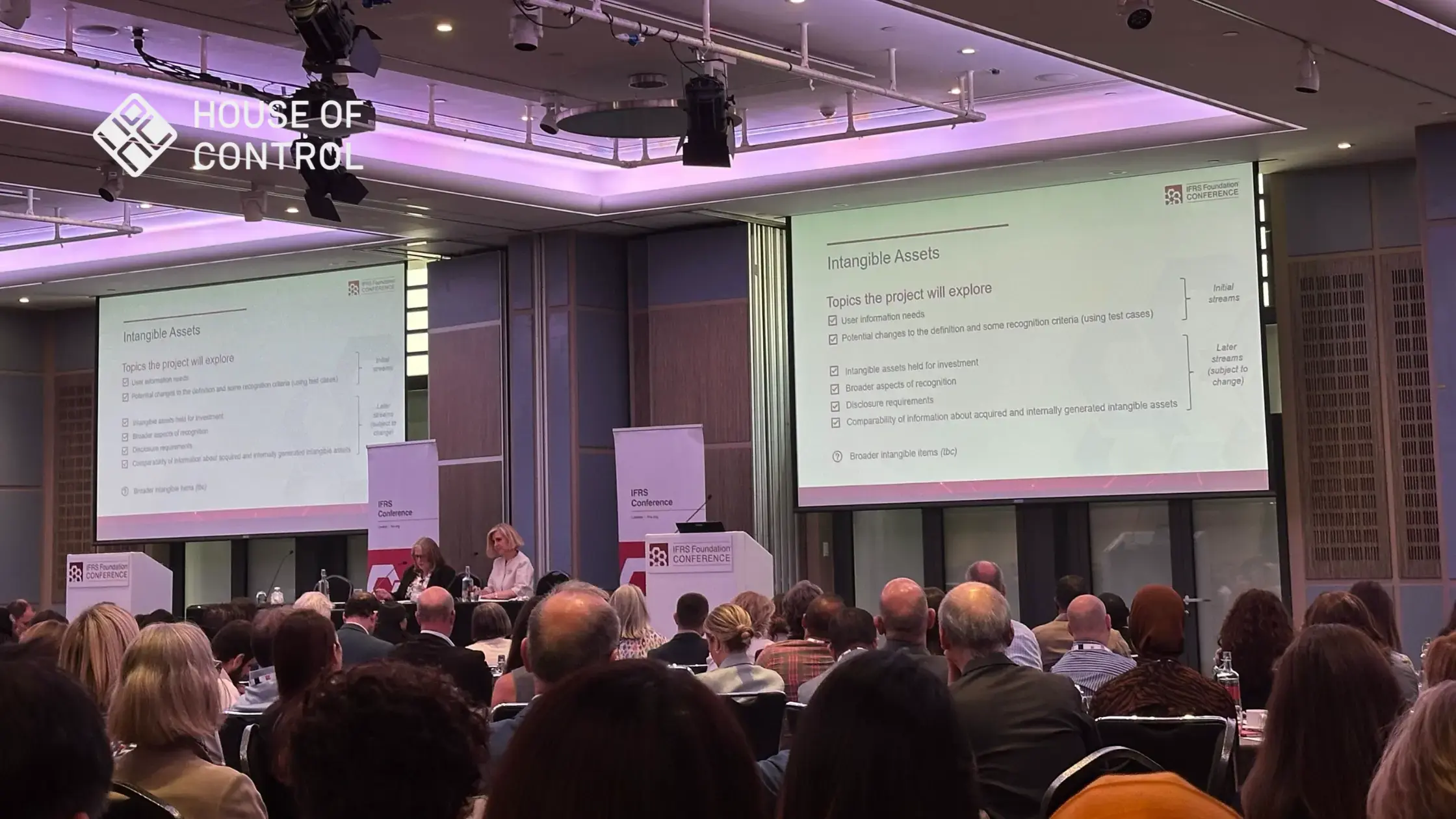Guide: An overview of IFRS 16 - What you need to know
IFRS 16 is the accounting standard that, from 2019, made the accounting of leases far more complicated than simply recording the invoices as expenses in the income statement. In this guide we will provide you with a practical overview of what IFRS 16 means for the finance department.
.webp)
Let's start with a basic insight: The main value that leasing equipment and renting premises brings to the business world is that companies don't have to tie up as much equity in investments. The prevailing sentiment is to use scarce capital for core business activities instead.
The logic underlying IFRS 16 goes roughly as follows: While it's true that leases don't tie up capital, they grant companies both rights and obligations for an extended period. These include the exclusive rights to use the premises and equipment, coupled with the contractual obligation to pay agreed amounts for a specified period. In practice, this is akin to investing in the assets, owning them, making depreciation, and paying interest and installments to the bank. Leases should therefore be reflected in the company's assets and liabilities – in the statement of financial position.
Simply put, IFRS 16 is the standard that transforms leases into investments in the company's accounts. This guide provides an overview of what the standard means for the company and for employees in the finance department who must deal with the requirements of IFRS 16. We have divided the guide into ten different sections:
-
The IFRS 16 background: What, why and how
-
The basics of IFRS 16: When is it a lease?
-
IFRS 16 calculation: Introduction to right-of-use and lease liability estimates
-
Converting to IFRS? The journey to first-time IFRS 16 compliance
-
Switching from GAAP to IFRS: Our best tips for a smooth overall transition
-
How IFRS 16 affects financial statements
-
Beyond the IFRS 16 compliance burden: Creating business value with better lease accounting
-
Why lease accounting software should coexist with the ERP system
-
Why Excel is not ideal for solving IFRS 16 lease accounting
-
What functionality to look for in IFRS 16 software
Do you want to learn more about IFRS 16 and how it affects you and your business?
Download our guide “An overview of IFRS 16: What you need to know” here:
%20(1).webp)

.webp)